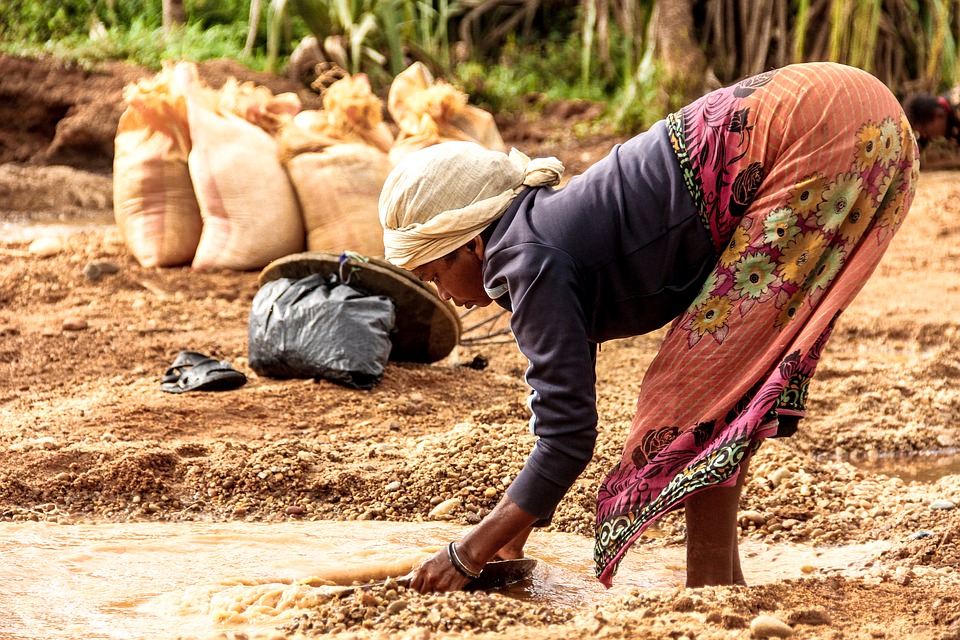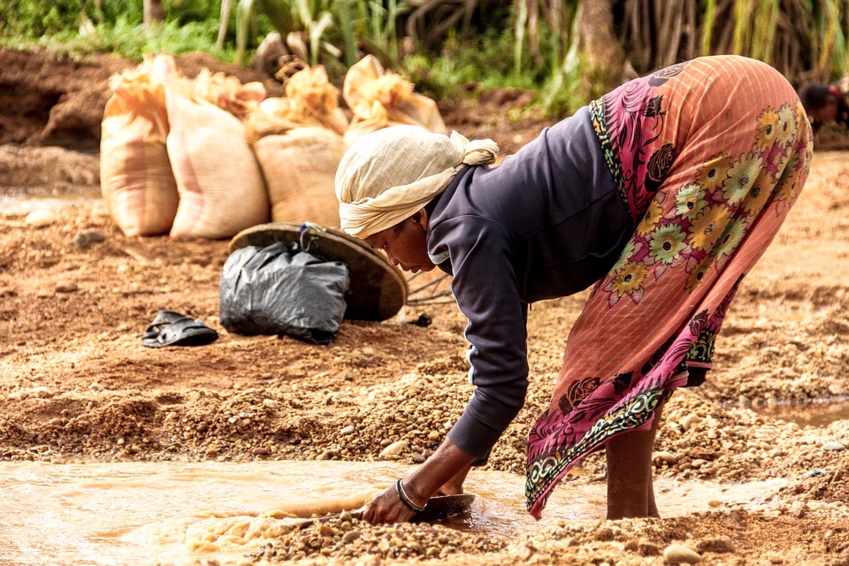You emphasize your desire to introduce water into a circular economy, could you tell us more about this?
When this project began in 2001, I remember making a presentation in South Africa. We were not thinking that way at the time. Today things are different. We realize that wastewater is also a resource, which perfectly fits the concept of a circular economy. Already consumed resources can be reused or modified to be reused, and this can be done on many scales for the benefit of the population.
Does this need vary with country’s water available resources?
Yes, if you have a country with good water resources that are easy to access and of good quality, there will be a tendency to use the resource as it is without regard for the circular economy and without recycling it. These are issues that also differ according to the geography of countries in Africa. I think that will change as the population increases.
Who are your partners when acting within cities? What about municipalities, are they sensitive to these kinds of issues?
There are several partners for the city part of the project. Each city has its own technical structure, more or less capable of implementing these types of projects. In other cases, it can be managed by water boards, conglomerates of municipalities that come together to be able to respond to a technical and infrastructure problem. For example, in South Africa at the end of apartheid, a large part of the population did not have access to safe drinking water. Today, even if there are still missing distribution points and there are not taps everywhere, 90% of the population has access to drinking water. This is the result of a political will, the implementation of which was based on municipalities. Water and electricity management are two fundamental issues for cities.
What kinds of technologies and innovations did you set up to respond to their need?
We must be careful with these concepts: technologies in Europe are not the same. In our countries, there are size and space constraints to build a plant, especially in urban areas. It is necessary to consider odours and integration constraints in the landscape. For these reasons, we have had to develop very compact technologies that must be isolated from the outside atmosphere in order to avoid odours. These technologies are not necessarily replicable in Africa, where the requirements are not the same. Today, for example, there is still a lot of space to build factories: compactness is therefore not a fundamental need. On the other hand, it is sometimes necessary to propose plants capable of adapting to variations in the electricity grid, or to do without as much pre-existing infrastructure as possible. For example, we have developed a range of units in drinking water treatment containers that minimize the need for electricity installation and that can easily be integrated into an environment that is not always ready to receive this type of equipment. The challenges in terms of system engineering are no less demanding, they are merely different.
Concerning coastal cities, how complex is the desalination process? Is it accessible to all cities?
In South Africa which is a coastal country water from a desalination plant is costlier than water from a conventional plant that uses river water. It is a solution that can be considered if natural resources have been looted or are no longer sufficient to cover the needs of the population. These are also complicated technologies that use more electricity than standard technologies. In 2008, there was a crisis in South Africa where electricity production was no longer sufficient for the whole country, in a case like this, even if it has improved a lot, it is difficult to set up this type of system. In this particular case, there are price and energy supply constraints.
Considering rural exodus, what kinds of challenges will you have to face? How do you see the future of water use?
I think we will increasingly move towards building medium-sized plants to limit dependence on existing networks that do not always meet local needs. The objective is to meet the reality on the ground in order to improve proximity to the population. In addition, we will focus more on reuse, particularly for manufacturers, but also on direct reuse for human consumption. The objective is for manufacturers to be able to close the loop, or at least for a large part of the water.
When this project began in 2001, I remember making a presentation in South Africa. We were not thinking that way at the time. Today things are different. We realize that wastewater is also a resource, which perfectly fits the concept of a circular economy. Already consumed resources can be reused or modified to be reused, and this can be done on many scales for the benefit of the population.
Does this need vary with country’s water available resources?
Yes, if you have a country with good water resources that are easy to access and of good quality, there will be a tendency to use the resource as it is without regard for the circular economy and without recycling it. These are issues that also differ according to the geography of countries in Africa. I think that will change as the population increases.
Who are your partners when acting within cities? What about municipalities, are they sensitive to these kinds of issues?
There are several partners for the city part of the project. Each city has its own technical structure, more or less capable of implementing these types of projects. In other cases, it can be managed by water boards, conglomerates of municipalities that come together to be able to respond to a technical and infrastructure problem. For example, in South Africa at the end of apartheid, a large part of the population did not have access to safe drinking water. Today, even if there are still missing distribution points and there are not taps everywhere, 90% of the population has access to drinking water. This is the result of a political will, the implementation of which was based on municipalities. Water and electricity management are two fundamental issues for cities.
What kinds of technologies and innovations did you set up to respond to their need?
We must be careful with these concepts: technologies in Europe are not the same. In our countries, there are size and space constraints to build a plant, especially in urban areas. It is necessary to consider odours and integration constraints in the landscape. For these reasons, we have had to develop very compact technologies that must be isolated from the outside atmosphere in order to avoid odours. These technologies are not necessarily replicable in Africa, where the requirements are not the same. Today, for example, there is still a lot of space to build factories: compactness is therefore not a fundamental need. On the other hand, it is sometimes necessary to propose plants capable of adapting to variations in the electricity grid, or to do without as much pre-existing infrastructure as possible. For example, we have developed a range of units in drinking water treatment containers that minimize the need for electricity installation and that can easily be integrated into an environment that is not always ready to receive this type of equipment. The challenges in terms of system engineering are no less demanding, they are merely different.
Concerning coastal cities, how complex is the desalination process? Is it accessible to all cities?
In South Africa which is a coastal country water from a desalination plant is costlier than water from a conventional plant that uses river water. It is a solution that can be considered if natural resources have been looted or are no longer sufficient to cover the needs of the population. These are also complicated technologies that use more electricity than standard technologies. In 2008, there was a crisis in South Africa where electricity production was no longer sufficient for the whole country, in a case like this, even if it has improved a lot, it is difficult to set up this type of system. In this particular case, there are price and energy supply constraints.
Considering rural exodus, what kinds of challenges will you have to face? How do you see the future of water use?
I think we will increasingly move towards building medium-sized plants to limit dependence on existing networks that do not always meet local needs. The objective is to meet the reality on the ground in order to improve proximity to the population. In addition, we will focus more on reuse, particularly for manufacturers, but also on direct reuse for human consumption. The objective is for manufacturers to be able to close the loop, or at least for a large part of the water.


 How to manage water resources in African cities, interview with A. Gisclon, deputy managing director of Veolia Water Technologies South Africa.
How to manage water resources in African cities, interview with A. Gisclon, deputy managing director of Veolia Water Technologies South Africa.





 Companies
Companies